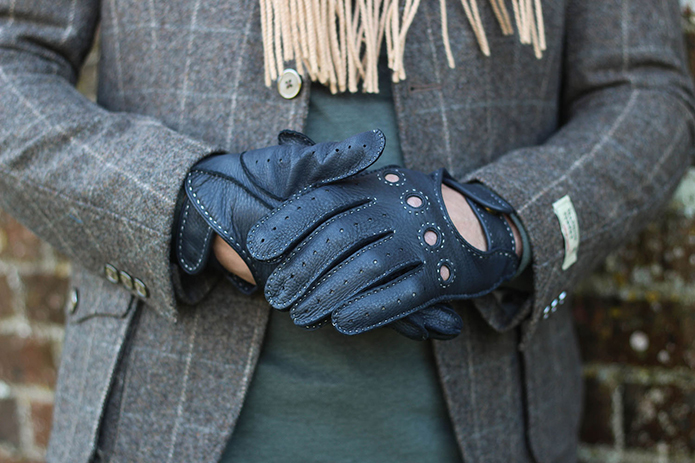
A good pair of gloves protects our hands from the elements and look fabulous, but they are beyond warmth and fashion. Gloves have been around for millennia, and have symbolised, over that time, more heady matters of refinement & dignity and even honour & peace. Okay, today, they are mostly about comfort and style, and a company who can boast true glove-making heritage, maybe not of millennial proportions, but a hugely impressive near two-and-a-half centuries of glove-making experience, is luxury leather glove-maker Dents.
West Country-based Dents is one of only a few glove makers remaining in Britain. Founded in 1777 by master-craftsman John Dent and sons, the company still remains very much a family and community oriented affair, with a longstanding workforce and customer base, as far afield as Australia and the Far-East. Although they may not suffer from chilly fingers like we Britons do, nevertheless they love the heritage and classic styling of a good pair of leather gloves.
Dents’ finest leathers, plus their cashmere & silk linings, parallel with other skilled crafts like tailoring, shirt & shoe-making, in terms of the all-important hand-cutting, handcrafting, traditional machinery and techniques. All of these factors contribute to the authenticity of an iconic garment like a pair of Dents gloves, and ensure that they will fit, well, like a glove.
Dents have made gloves for past heads of state, celebrities and royalty, both historically and in the present day. A few styles of their gloves have become well known through TV & film, from period dramas like Downton Abbey, through to the last James Bond incarnation. Gloves have seen resurgence in popularity recently; instead of being viewed as fussy and formal (when casual wear reigned during the latter part of the 20th century) many gents opt for the ‘English Dandy’ look. A good pair of gloves, whether for one’s coronation, driving, scrolling a touch-screen, or simply protecting fingers from the nip in the air, completes an outfit perfectly.
Here, Deborah Moore, CEO of Dents, talks us through her unbridled passion and encyclopedic knowledge of all things gloves – from the world of traditional glove making, to the 21st century…
Firstly, for those readers who aren’t familiar with Dents, please can you explain what you do and provide a little history behind the company?
We are glove makers, established in 1777 in Worcester, England. At one time there were over a hundred glove companies in Worcester alone, whereas now there only three or four remaining in the entire country! The glove industry migrated southwards in the 19th century to be closer to the leather tanneries in and around Yeovil. Dents now operate from Warminster and export to over twenty different countries, but we sell to only the finest stores, such as Saks Fifth Avenue, Neiman Marcus and J Crew in the US; Selfridges, Harrods and House of Fraser in the UK; Inno in Belgium, and Harry Rosen in Canada. In fact, during the 19th and early 20th centuries, the company expanded overseas very quickly and established a number of subsidiaries across the globe, including New York, Paris, Montreal, Grenoble, Brussels, Sydney and Naples, amongst other locations. This was very much during a period when it was important for both men and women to wear gloves for all social occasions, and whilst we don’t have all these overseas subsidiaries today due to changing fashions, we are still a large exporter of gloves. The way we make our gloves today is exactly the same as it was a hundred years ago.
The fashion for wearing gloves declined in the latter half of the 20th century, along with it the need to have a specific glove wardrobe. Thankfully there has been a rise in popularity in recent years. What do you put this resurgence down to?
It was the early 1960s when glove sales declined; beforehand gloves were an essential accessory for both men and women. They were worn for a range of social occasions, such as when out walking, driving, at dances and balls, going to the opera or theatre, and even when out riding or going to the church. It was commonplace to buy gloves that coordinated with hats and umbrellas as well as the main outfit. This all changed during the latter half of the 20th century, with the increase in casual wear. Glove wearing literally just died. To give an idea of the scale of the demise, there were still approximately 50 glove factories across the UK at the start of the 1960s, but apart from just a handful, the vast majority ceased trading and the factories had closed down within a matter of years. There has definitely been a resurgence in recent years though, due to changes in fashion. For women, gloves are the ideal accessory for nice boxy handbags and suits, and for men, the English Dandy look is very much in fashion again, and so gloves look great along with nice fitting jackets and overcoats.
What other qualities of Dents gloves make them so special, compared to others?
We hand select the finest leather during the making of our gloves – all of which, I should add – are from skins that are a by-product of the food industry, as well as from tanneries that use ecologically friendly tanning processes. No two pieces of leather are the same, and they all have to be carefully sorted, inspected and graded, which can only be done effectively by an experienced human eye, rather than a machine.
The three most popular glove leathers that we use – all of which have variations in grain, texture, thickness and strength – include hairsheep, deerskin and peccary. Hairsheep is sourced from a type of sheep that is found in arid countries, such as Ethiopia, Nigeria and Sudan. Instead of wool, this sheep produces hair, the follicles of which are very close, resulting in a stretchy, fine and strong skin – an ideal leather for women’s gloves. Deerskin comes from the white-tailed deer in North America which has a heavy, thicker skin with a very characteristic pebbled grain. This type of leather is often used in men’s gloves. Finally, the iconic peccary leather, which is the finest and most luxurious of all the leathers we use, is derived from a wild pig mainly found in South America.
The surface of peccary leather benefits from being very supple, durable and has a textured feel and appearance. We produce peccary gloves for both men and women. As peccary is a wild animal there is a lot of waste, often as much as 50%. Because of this, the leather becomes very expensive, with a pair of peccary gloves ranging from £200-£400. Peccary is particularly popular in Japan where it is seen as the epitome of the traditional glove. With the best finish, and is regarded as the king of all leathers. In addition to leather, we also use the finest Scottish cashmere and silk for glove linings.
The way the gloves are produced makes a huge difference in both comfort and a fine fit. As we still craft the accessory in the traditional way – with techniques that have hardly changed over the past 230 years – it often means our craftspeople still use machines that are many decades old today.
For example, we use traditional vintage Singer sewing machines that allow us to stitch both vertically and horizontally, enabling us to turn the glove in multiple directions. Unfortunately, these special sewing machines can no longer be bought – however, Dents has skilled in-house engineers to refurbish and repair these machines.
Each glove is individually table cut from the leather by hand, using what look like enormous sheep shears. The cutter starts by stretching the skin by hand, leaving enough leather to form a glove. If too much leather is incorporated, the glove will be baggy; conversely if too much is taken out, and leather stretched too tight, then it will split. The quality of the glove is really down to the eye and skill of the cutter. We are very unique; whilst there are lots of scarf manufacturers and milliners in existence today, there’s hardly any glove makers left, and even less of those that handcraft them in the way that we do.
Finally, as well as looking good, Dents gloves are extremely comfortable to wear; our lined gloves are actually a glove within a glove, whereby the lining is made separately as a glove that fits within the outer leather shell. We call this the Dents ‘secret fit’. It’s certainly a more complex and expensive manufacturing process, but it undoubtedly results in a superior fitting glove.
Historically, your client base includes royalty, statesmen and film stars. Is there a typical Dents customer today?
No, not really, which is unusual in a brand these days; we have gloves that retail at £40 and up through stores like House of Fraser, and some that retail for £400 through stores like Harrods. This allows us to cater for both a younger audience (with our less expensive gloves), as well as an older – and often more affluent audience – that appreciate the quality of the more expensive gloves. Irrespective of price, all our gloves are individually cut by hand, but the amount of sewing varies throughout the Dents range; greater amount of handwork is carried out on the more expensive gloves.
Globally, we are finding that the market is changing outside our traditional buyers. Our largest export market is Japan, where we have been selling to for sixty years. The ‘British look’ is very important to the Japanese – both young and old – and they really understand quality. Korea is growing strong for us, whereas the market in China is presenting new opportunities for Dents; while they may be challenging, China are rapidly catching up with the other Asian countries.
Our traditional markets include the USA, which is our second largest export market. Retailers over there include Saks Fifth Avenue and Neiman Marcus. Canada and mainland Europe, especially France and Germany are still doing well for us.
We generally don’t sell to countries that aren’t subjected to cold weather – although having said that we have had a wholly-owned subsidiary based in Melbourne for over a hundred years. I think the Melbourne Cup may have an effect on our sales, as the entire city stops that day for the horse racing, with everyone dressing up wearing hats and gloves!
Is it possible to make a fashion statement through wearing gloves?
Absolutely – a pair of well cut and fitted gloves add both elegance and style that completes an outfit. Whether it’s Lady Gaga wearing vibrant red gloves at the Oscars; Kim Kardashian’s naked photoshoot, where she wore nothing but her satin opera gloves; or George Clooney’s wife, Amal, wearing striking white gloves with her evening gown at the Golden Globes, gloves are certainly an accessory that will get you noticed. Of course, classic black gloves will finish a women’s outfit perfectly, but by the same token, brightly coloured gloves can really make you stand out in a crowd – provided, of course, that they’re not ill fitting.
For men it’s slightly different. When they’re wearing a nice overcoat, tweed jacket and brogues, an English Tan pair of gloves completes the look really well.
Why has Dents endured for so long, when other glove-makers haven’t fared so well?
I think there are a number of factors. We are both customer and market-led in our approach. We only make what we can sell, rather than selling what we can make, and we look at our price point very closely. People are also far more into heritage and authenticity these days, which sits well with the craftsmanship of our production; we have a team of 70 people based in Warminster who handcrafting our heritage gloves. The same customers, who buy a John Smedley sweater, or a Johnstons of Elgin cashmere scarf, will also purchase their gloves from Dents.
We pride ourselves on the attention to detail that we put into making our leather gloves – from the stretching, shaping and cutting stages, to the fine hand stitching and creation of cashmere and silk linings. There’s a big difference in our table cut production, where our cutters have perfected the techniques of ‘cut and fit’ using a pair of shears to cut out the leather by hand. They will also stretch the leather to shape for the pattern, in comparison to the mass-produced gloves in China, where they are just cut out without any individual stretching, resulting in the gloves not being able to hold their shape.
We have a family culture here at Dents; for example, our distributor in Japan is the third generation in his family to work with us. This relationship has been going back for 60 years. We’ve also used the same advertising agency for over 25 years. Many of our staff have been with us for decades; over 25 members of staff have given us over 25 years’ service. One member, who is in his 80s now, has worked in the company for an impressive 65 years! We believe that continuity in business is important, whether through selling, buying or in production – it’s a relationship.
How important is maintaining the production of your gloves in England?
It’s important that we continue to make gloves here in the UK, as it gives authenticity to the English brand, as well as ensuring stringent quality control over the products we make. The raw material, leather, all comes through the UK before going out to our factories. A hundred years ago we had factories across the world, based in Belgium, France and Italy to name but a few, which crafted millions of pairs of gloves. Now, however, we just have factories in the UK and Czech Republic, where all gloves are still made in the traditional way. Maintaining production in England allows us greater flexibility.
As Dents are one of the last remaining manufacturers in Britain who handcraft leather gloves in the traditional way, is the lack of an available trained workforce a problem for you?
There’s a high level of skill to master the techniques of glove making, which takes several years to learn. Recruiting a labour force is really difficult for us; we’ve trained up school leavers, but after a couple of years, once they got to understand cutting, they invariably leave. So our focus has been to take on mature people – those who actually embrace coming into a steady, stable, family atmosphere. Here, they learn a trade, make merchandise they can be proud of, be part of a team, and have a nice working environment. We do not pay piecework rates as it’s important that the gloves aren’t rushed, therefore we achieve top quality products.
Has the process of crafting your gloves changed much over the years, and could you provide us with an insight into the production processes behind making a pair?
Dents glovemaking today is almost entirely dependent on the skill, dexterity and individual judgement of the craftsmen and women who make them, just as they did in the 19th century. Unlike many other traditional crafts that succumbed to mechanisation of the manufacturing process, glovemaking escaped this as the process was too fiddly. However, this is not quite true of some Asian glovemakers that produce gloves on a massive scale today, but they are not of the same quality as our gloves. Whilst we operate in a modern air conditioned factory, our production process is very traditional and rooted in the 19th century.
Similar to the creation of a Savile Row bespoke suit, all our gloves are table cut and hand sewn, requiring over thirty two different production stages – cutting, stretching and sewing – most of which are carried out by hand. Quality control is incredibly strict, and at the end of each stage, if there are any imperfections in the glove, it will be rejected immediately. Depending on the design, some of our gloves can take up to eight hours to make.
Production starts with the leather selector assessing what leather should be used for the individual glove being created, ensuring there aren’t any blemishes in the leather, and that both gloves will match. The cutter will assess the pattern to be used and will cut the leather to the desired shape using large shears, ensuring the most appropriate part of the leather is used, stretching as necessary to ensure the final fit is correct. The cutter will cut the leather around card patterns (of which there are twenty available sizes), which are thick pieces of card that date back to 1839.
Before cutting, the leather is soaked to make it more malleable when stretched, which ensures that the gloves spring back to their previous shape after being worn. The cutter marks the outline of the pattern with their fingernail, which is the preferred way of making leather as the nail impression can be removed without leaving any trace (hence why cutters grow their fingernails long). They then cut the pattern out using shears – which resemble sheep shears – that are simple and quick to manipulate. The cutting of the leather to the precise shape of the glove is done by using a press onto a hand-shaped metal frame, of which there are different presses for different sizes of glove.
The gloves are now ready for being decorated. The ‘classic’ style is to have three rows of stitching called “points” on the back of the glove, but the more modern approach is to incorporate a button or metal detail trimming, or even adding a fancy stitch, as decoration.
The lining is then created, most commonly out of silk or cashmere, which will be inserted into the glove (effectively as a glove within a glove) for an improved fit and making the glove more comfortable to wear.
The gloves are now ready for assembling and stitching together. There will be up to fifty two different components including straps and hardware, which is done either by machine or hand, and the separate glove lining is inserted using a Lining Former.
There are different ways of stitching the gloves, such as Handsewn, Prickseam and Inseam, which varies depending on the type and weight of the leather, and the choice of lining.
The final stage is to prepare the gloves for sale by giving them a smooth and pressed appearance. This process is called ‘laying-out’ and involves ironing the gloves on a heated brass hand-form, which gives the gloves their pressed, finished appearance.
The method of selecting a pair of gloves has changed over the years, and the image of a customer resting their hands on velvet-covered cushions whilst the shop assistant calmly measures the hands, expertly fitting the gloves whilst advising on what to wear for various events, is presumably a rarity these days. How do you guide customers on choosing a pair of gloves today?
We have over three hundred concession shops around the world and all sales associates need to be properly trained in the art of measuring gloves. We do this by conducting in-store training here in Warminster, or we send out our quality manager to train staff on-site. All staff are provided with a unique Dents glove tape measure and the knowledge and expertise to measure a customer’s hands to achieve the perfect fitting pair of gloves. Some years ago Dents took note of the foot measuring system used in the shoe industry and created something similar for their gloves, which is now regarded as the most reliable method of establishing a customer’s glove size. Training is also provided to explain the different types of leathers we use to make our gloves, the qualities of each type of leather, and their suitability for different social occasions.
As with clothing, both male and female hand sizes have changed enormously over the years; whereas our smallest gloves used to be size 5, and had quarter sizes up from there, now size 6.5 is the smallest – and even then, we’re selling less of these – and we only do half sizes now.
Many of our gloves are purchased online these days, and whilst we can’t measure hands in person, our online buying guide is very effective. This results in return rates being extremely low – in the region of 7%, compared to some retailers where it’s as high as 25%!
What’s next for Dents; are we going to see the opening of a store, greater glove and accessories ranges, and collaborations with other designers?
Whilst in theory opening a store would be a nice idea, the market is just too seasonal, and the majority of our sales are during the autumn and winter months, which would be a problem for the remainder of the year, as gloves are also very weather dependent.
Instead we’ll concentrate on growing our export markets, such as Korea and China, as well as develop our internet sales, which are growing dramatically. We have an ecommerce team devoted to online sales, and we are launching a Korean language website in the summer of 2015, plus a Chinese website by the end of the year. We are also looking at a German language website to complement our French site that we have already launched.
We’re not looking to collaborate with designers presently, although this is something we’ve done in the past with the likes of Mary Quant, Christian Dior and Hardy Amies, and we always keep an open mind on such ideas.
Thanks to Deborah Moore for taking time out of her busy schedule to answer our questions. To learn more about the social history of the glove industry, Dents has collected many fine examples of gloves throughout the ages and the collection of gloves and gloving artefacts can be considered one of the finest collections in the world, including gloves belonging to Elizabeth I, Sir Walter Raleigh, Charles I and Queen Victoria. To arrange an appointment to visit the museum in Warminster, please contact Natalie Perrett at nperrett@dents.co.uk. All images © Dents.

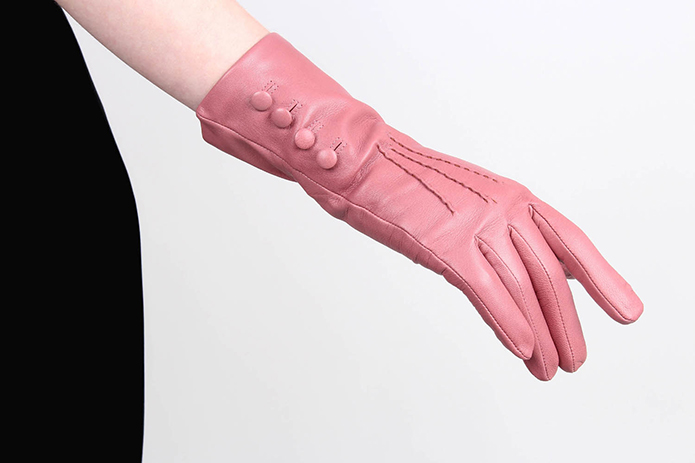
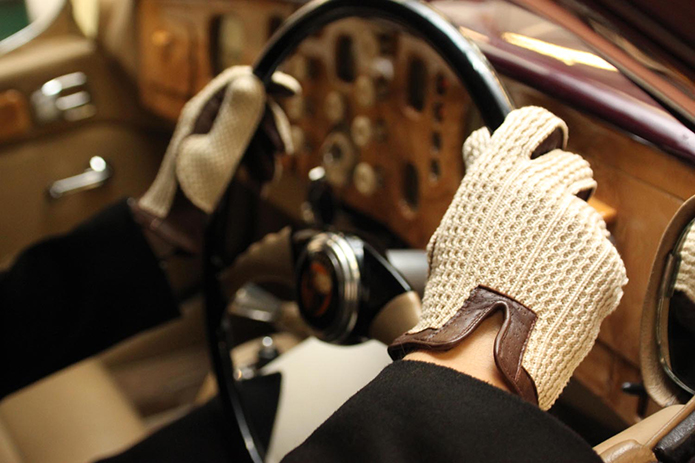
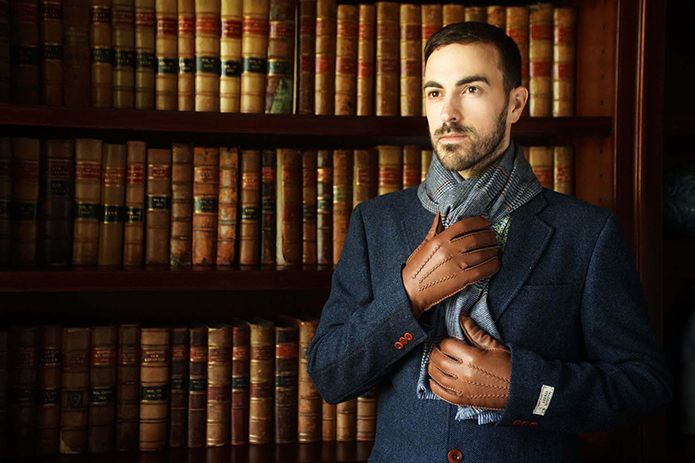
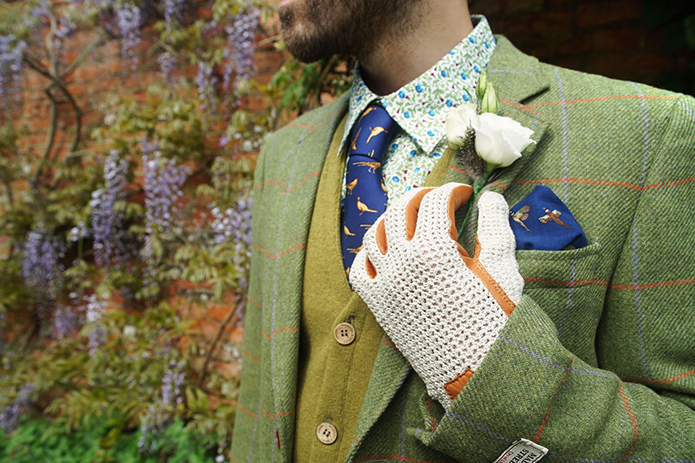
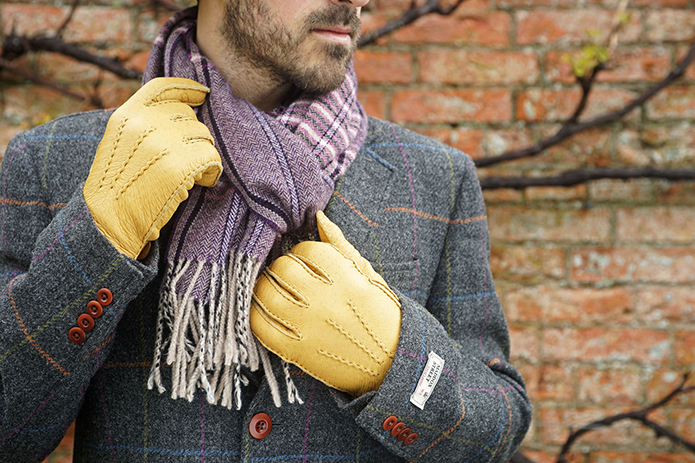
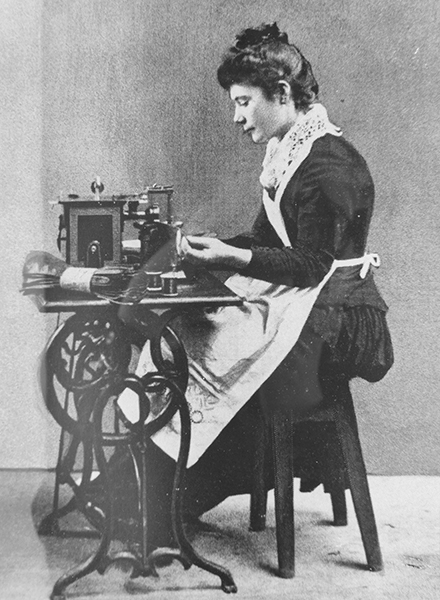

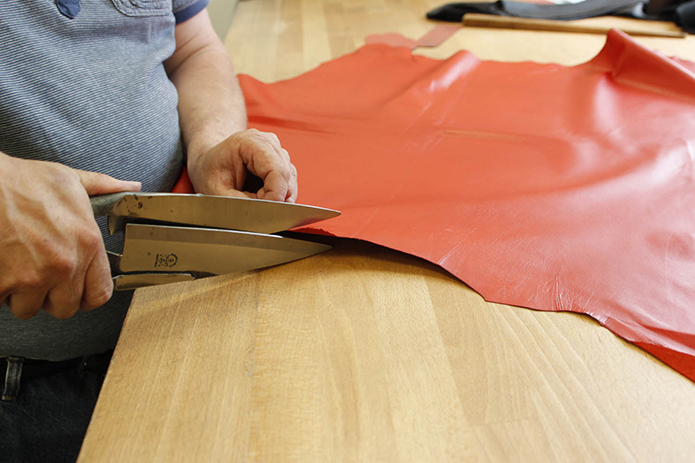
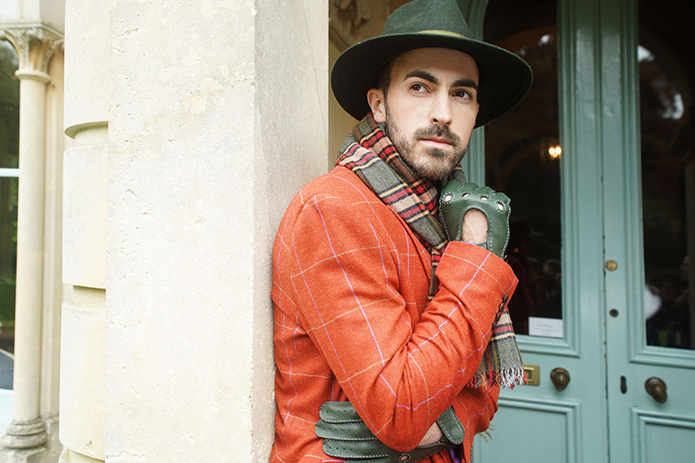
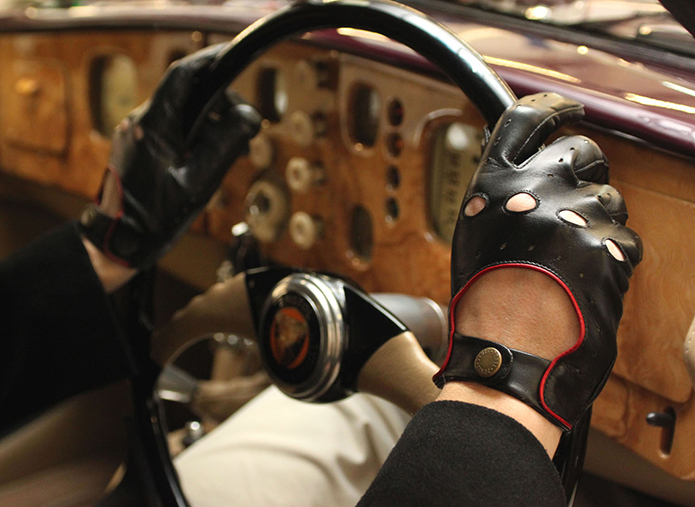
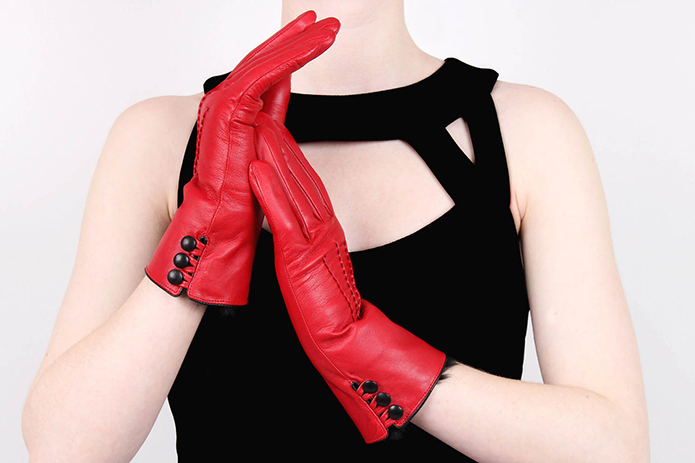
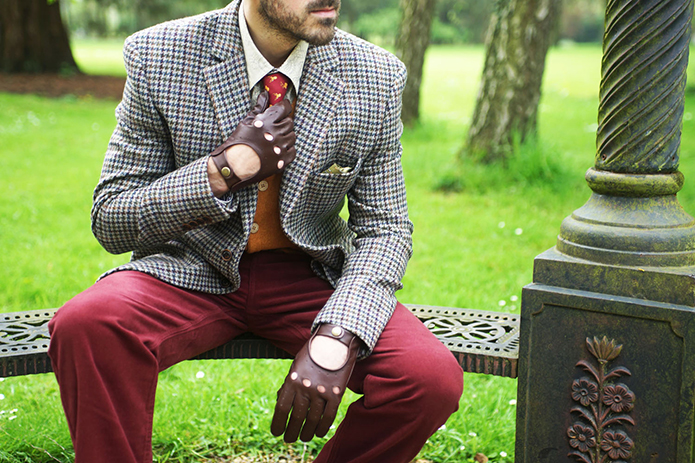
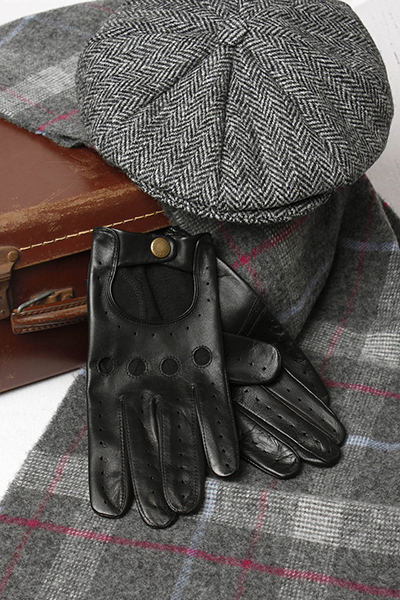
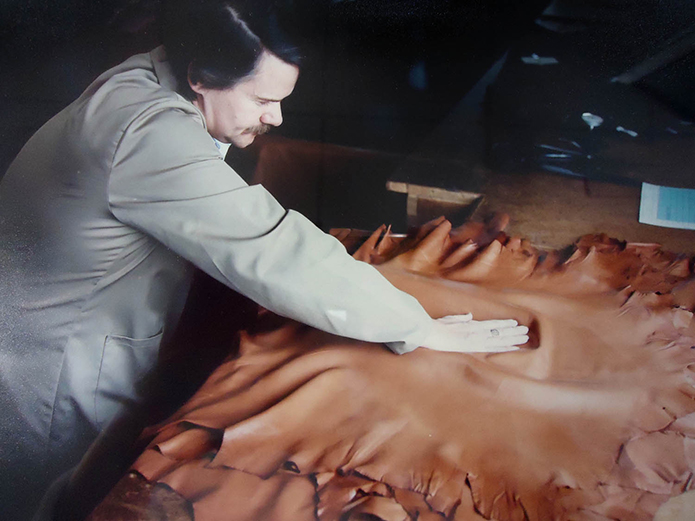
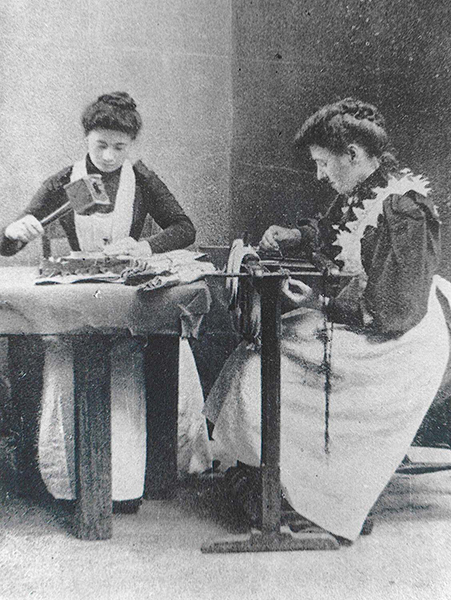
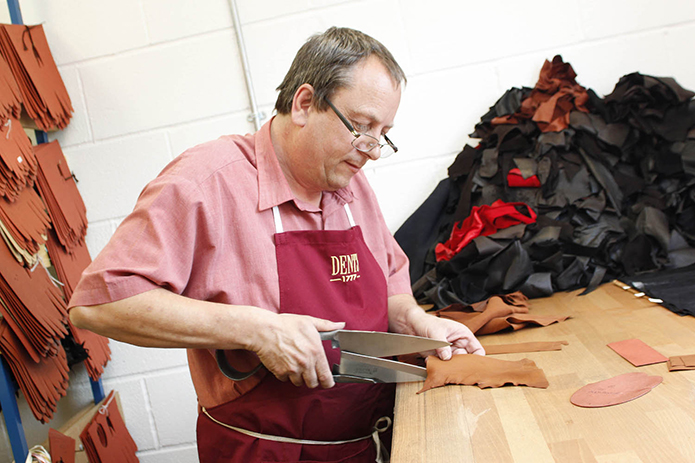
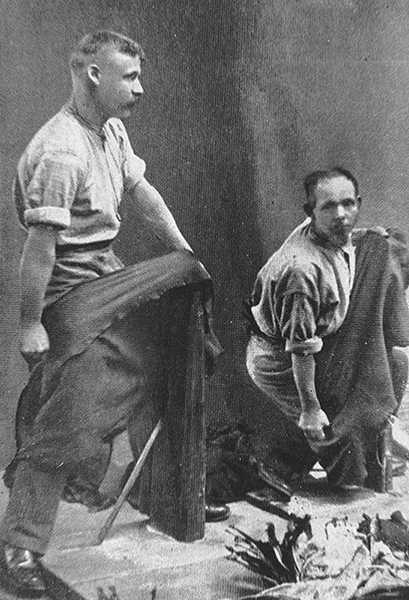
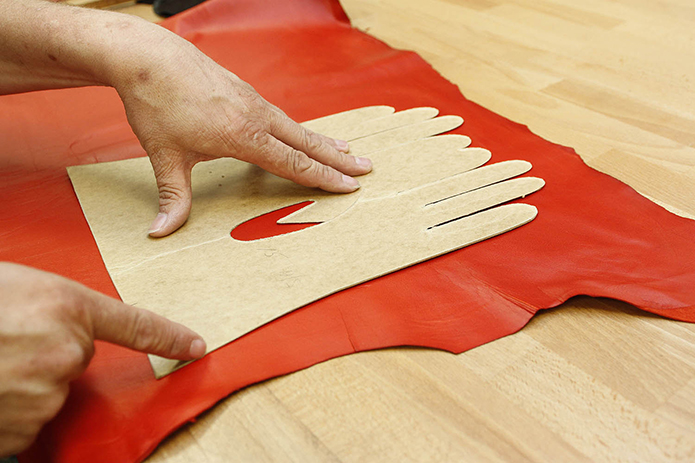
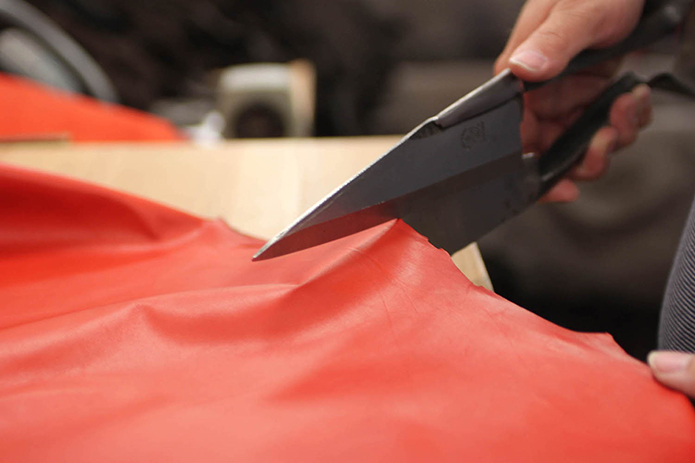
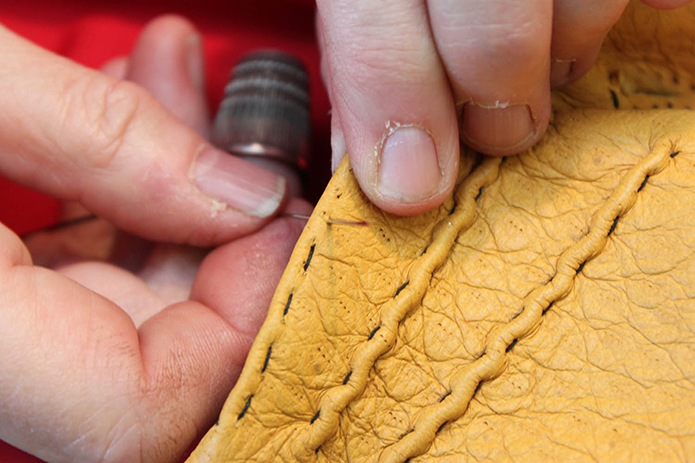
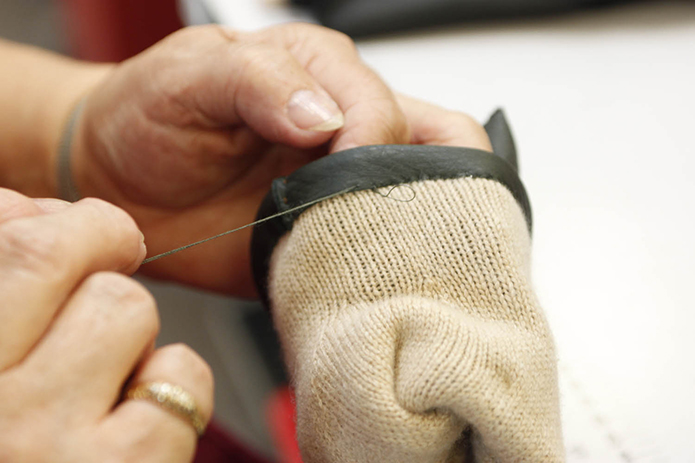
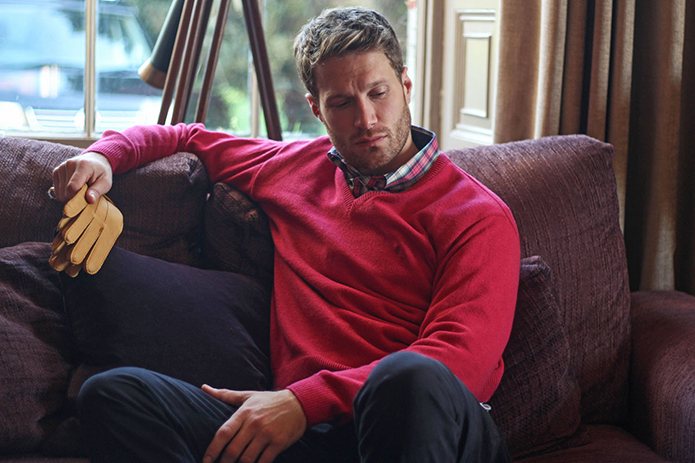
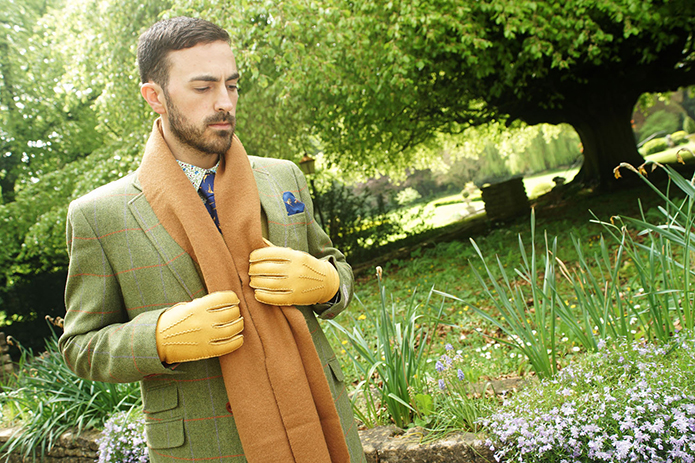
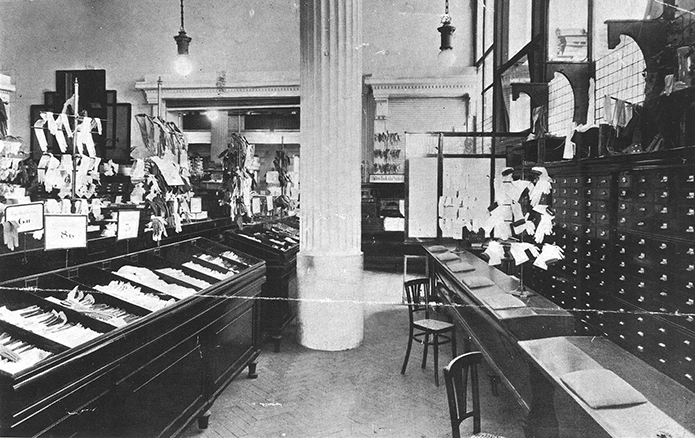
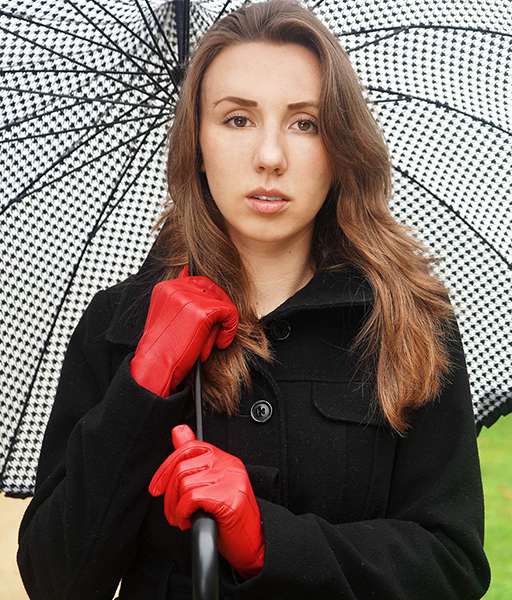









Friday, August 7th 2020 at 9:57 pm
[…] Download Image More @ http://www.merchantandmakers.com […]
Wednesday, June 24th 2020 at 6:10 am
[…] The underlying tone of the family-owned business is that there is deep knowledge in what you do. Businesses that have wisdom about their industry and product passed down from generation to generation stands a better chance of making something that is truly high quality. You can see this is companies like Dents, that makes some of the best leather gloves around. It was established in 1777, and has had many generations carry on the traditions. […]
Friday, November 25th 2016 at 4:07 pm
[…] merchantandmakers […]
Friday, May 6th 2016 at 3:32 am
[…] http://www.merchantandmakers.com) When I think of leatherworking today, I mostly think about bags, shoes and wallets. I had never […]